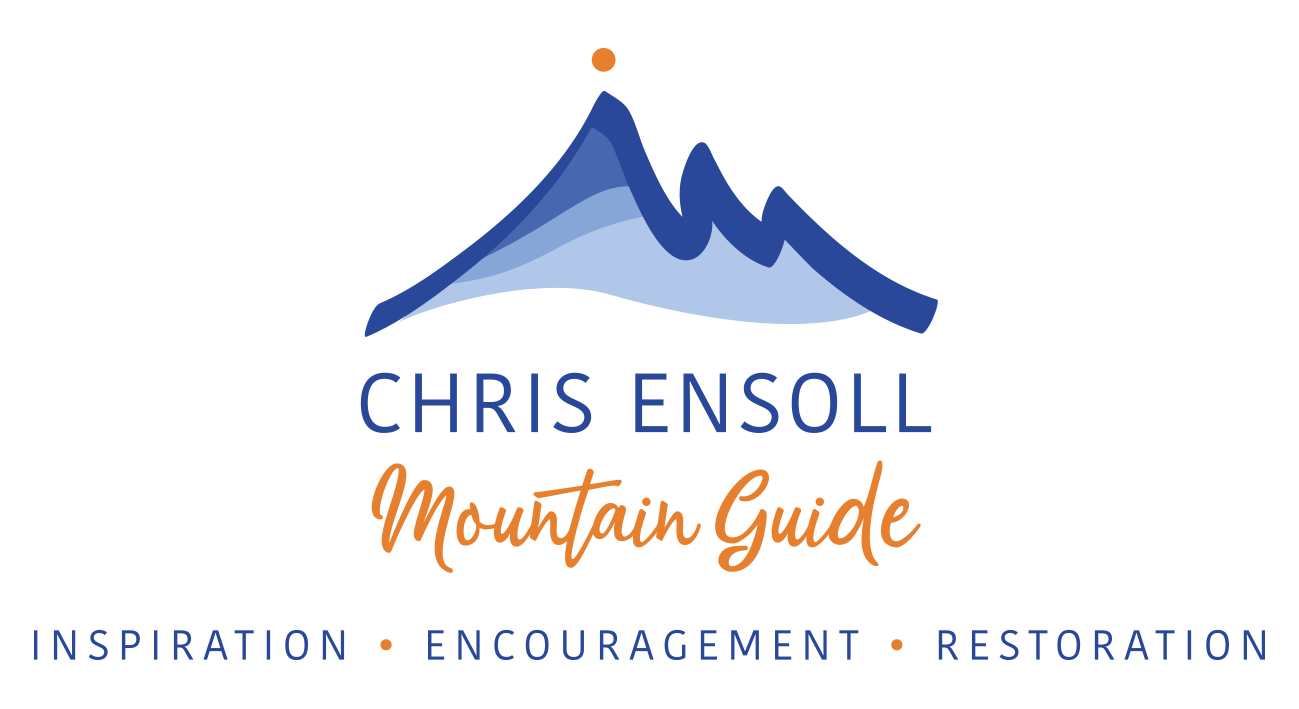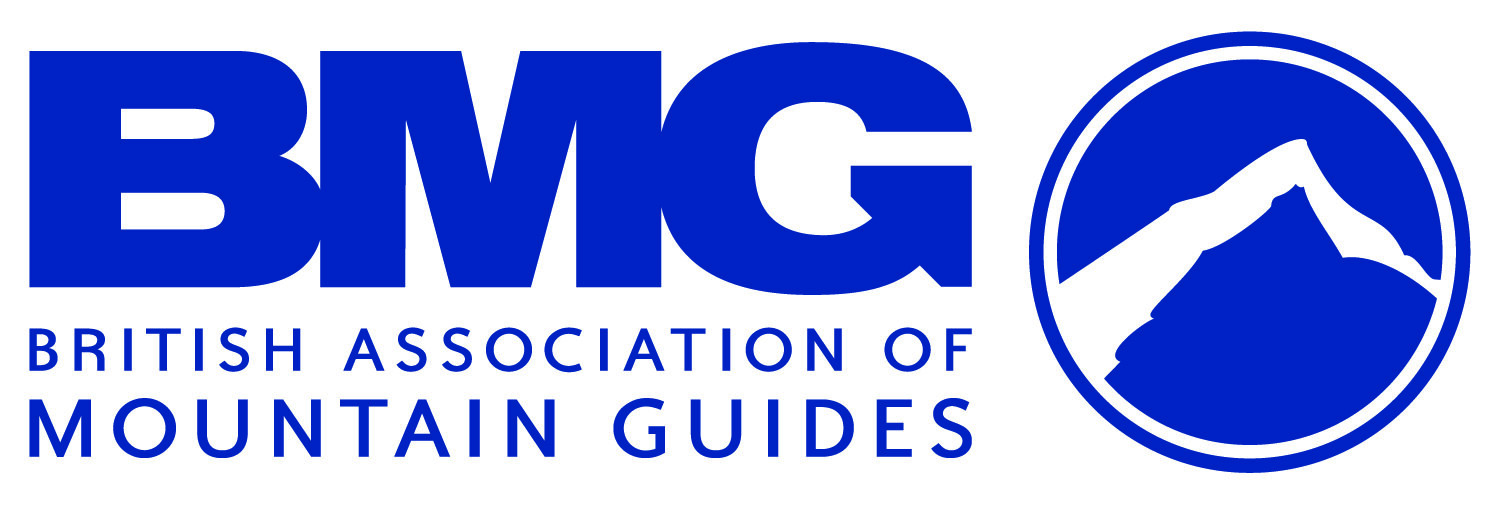5 Reasons Why You Should Learn To Navigate Using Contours
/WRITTEN by CHRIS & ANNE ENSOLL
The difference between OK navigation and excellent navigation lies in the ability to read and make sense of contours. Contours are those wiggly lines drawn on the map connecting points of equal height above sea level. “Contour” comes from the Italian word “contorno” meaning "to draw a line". In the UK we have one of the most accurate mapping systems in the world, and our maps use contours to show the shape of the ground in incredible detail.
If you can learn to use primary information, you will be able to navigate anywhere and in any conditions. Primary information on a map is the shape of the ground - anything shown by the contour lines. Secondary information is everything else – walls, paths, rivers & streams, woodland, buildings etc. If you rely on secondary information, or over-rely on pacing and timing, you will find navigation more tricky than people who can confidently read the shape of the ground.
Here are five good reasons why you should learn to navigate using contours.
1. The shape of the ground doesn’t change over time, but other features do, for example:
Water courses can change according to the weather. Ever noticed all those extra little streams that appear after heavy rain? These won’t be shown on the map.
Paths can change course over time.
Walls can fall down and fences can be removed.
Forest boundaries change as trees are planted and felled.
In winter many features can be buried under a blanket of snow.
2. In poor visibility, in cloud or darkness, you may not be able to see those line features, but you can still have a very good idea of the shape of the ground around you.
Photo credit: Kelvyn James
3. Not all of the commonly used maps show walls/fences – eg the OS Landranger 1:50000 series.
4. You can lose count when pacing.
5. You can forget to set the timer on your watch when timing.
Navigating using primarily contours can bring a whole new level of discovery to a walk in the mountains.
Here are some fun things you can practice:
1. Look at the map, choose a place nearby, and build a mental picture of what the ground should look like. Find the exact place that matches your mental picture.
2. Choose a tiny feature on your map, and then work out where it is, just by using the contours on the map and relating them to the shape of the ground.
3. Past, present & future
Past:
what did I see on my way to where I am now?
how far have I come?
which way did I come?
Present:
what can I see now? Look around and tell yourself at least five unique selling points for your position, and find them on the map.
Future:
if I am where I think I am, what will I see next?
which way do I want to go?
how far is it to where I am going?
4. Build a hypothesis and then test it. Work out that if I am where I think I am, and if I go X distance in Y direction, then this is what should happen. Imagine what the next leg will look like and give a detailed description, then walk it and see how reality compares to the picture you’ve built up
5. Put the map away when walking, and then get it out and relocate. Think - if this, then that.
Want to know more?
Why not come on one of our Contour Masterclasses, and spend a day with like-minded people, having fun and putting it all into practice? Dates are on the calendar. We’re looking forward to seeing you!






